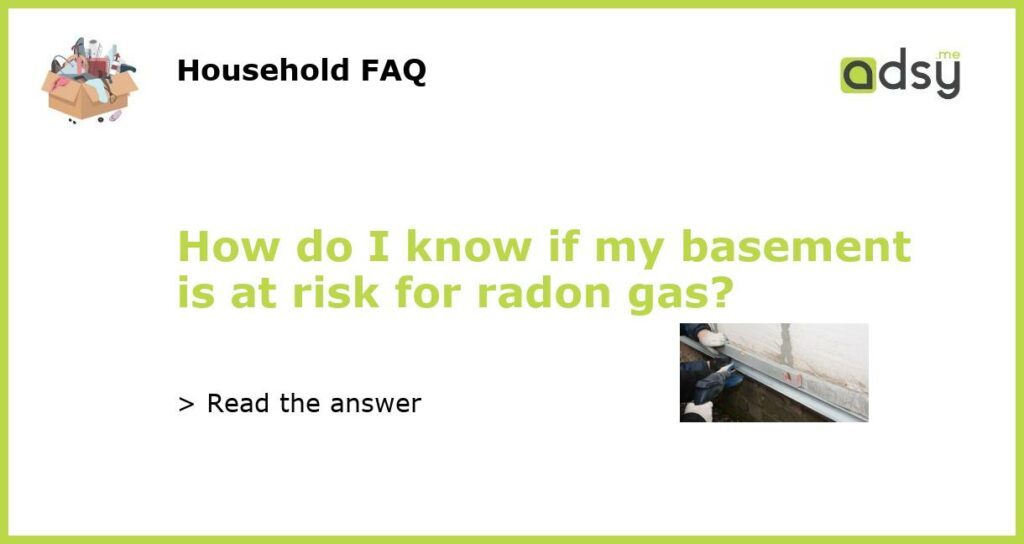What is Radon Gas?
Radon gas is a colorless, odorless, and tasteless radioactive gas that is produced naturally from the decay of uranium in soil, rock, and water. It is the leading cause of lung cancer in non-smokers and is responsible for thousands of deaths every year. Radon can enter your home through cracks and openings in the foundation, leading to high concentrations of the gas in enclosed spaces such as basements.
The Dangers of Radon Gas
Radon gas is a serious health hazard. Prolonged exposure to high levels of radon can increase your risk of developing lung cancer. The risk is even higher for individuals who smoke, as the combination of radon gas and tobacco smoke can greatly amplify the risk of lung cancer. It is important to test your home for radon gas to ensure the safety of you and your family.
How to Test for Radon Gas
Testing your home for radon gas is simple and affordable. You can purchase a do-it-yourself radon testing kit from your local hardware store or hire a professional to conduct the test for you. The most common method of radon testing is the use of passive devices, such as charcoal canisters or alpha track detectors. These devices are placed in the basement or other areas of the home where radon gas is likely to accumulate. The test should be conducted over a period of at least 48 hours, with the windows and doors of the home closed as much as possible to obtain accurate results.
Interpreting Radon Test Results
The results of a radon gas test are measured in picocuries per liter (pCi/L). The Environmental Protection Agency (EPA) has set the action level for radon gas at 4 pCi/L. If the test results show radon levels at or above this level, it is recommended to take action to reduce radon exposure in your home. This can be done through the installation of a radon mitigation system, which consists of a fan and ventilation pipes that prevent radon gas from entering the home.
Preventing Radon Gas Exposure
In addition to testing for radon gas, there are steps you can take to prevent radon gas exposure in your home. Sealing cracks and openings in the foundation can help prevent the entry of radon gas into your home. Improving ventilation in the basement and other areas where radon gas is likely to accumulate can also help reduce radon levels. It is important to regularly test your home for radon gas, especially if you live in an area with high radon potential. The EPA recommends re-testing your home every two years or if there have been any significant changes to your home’s structural features or occupancy.

